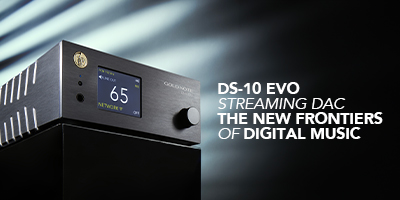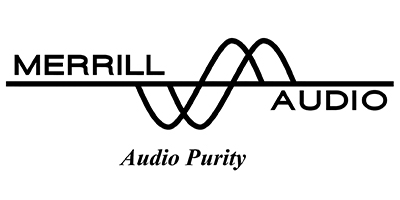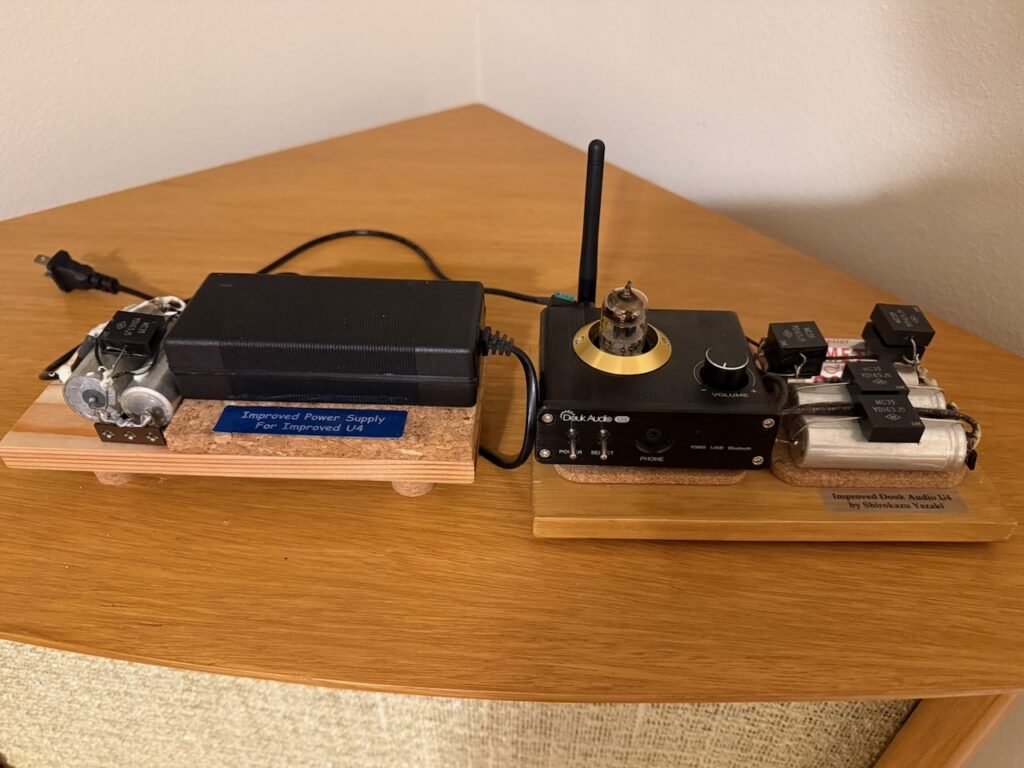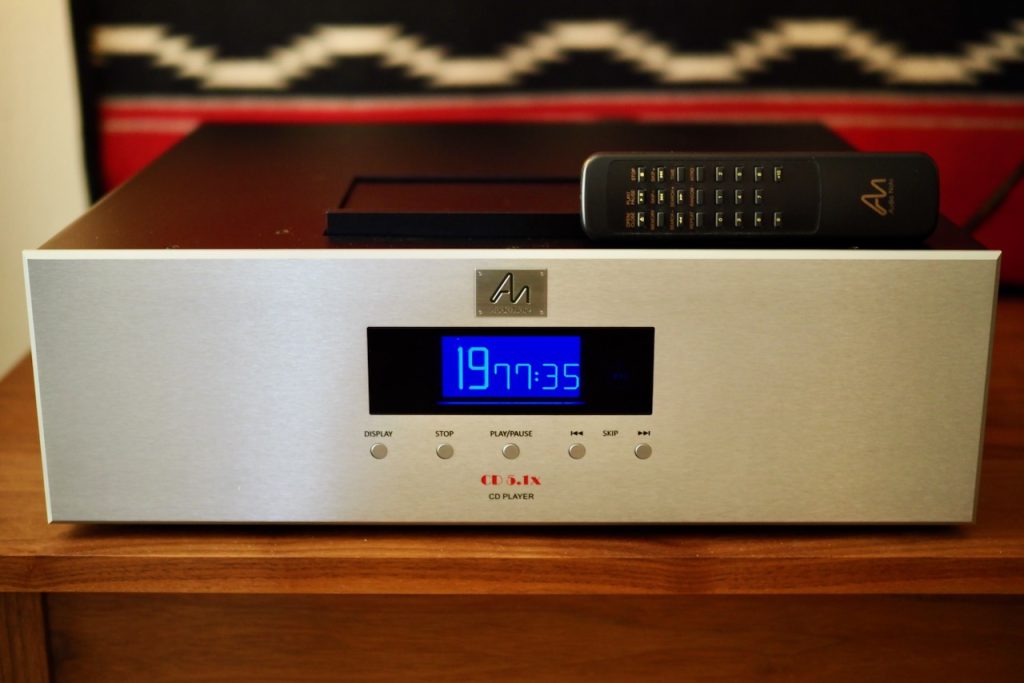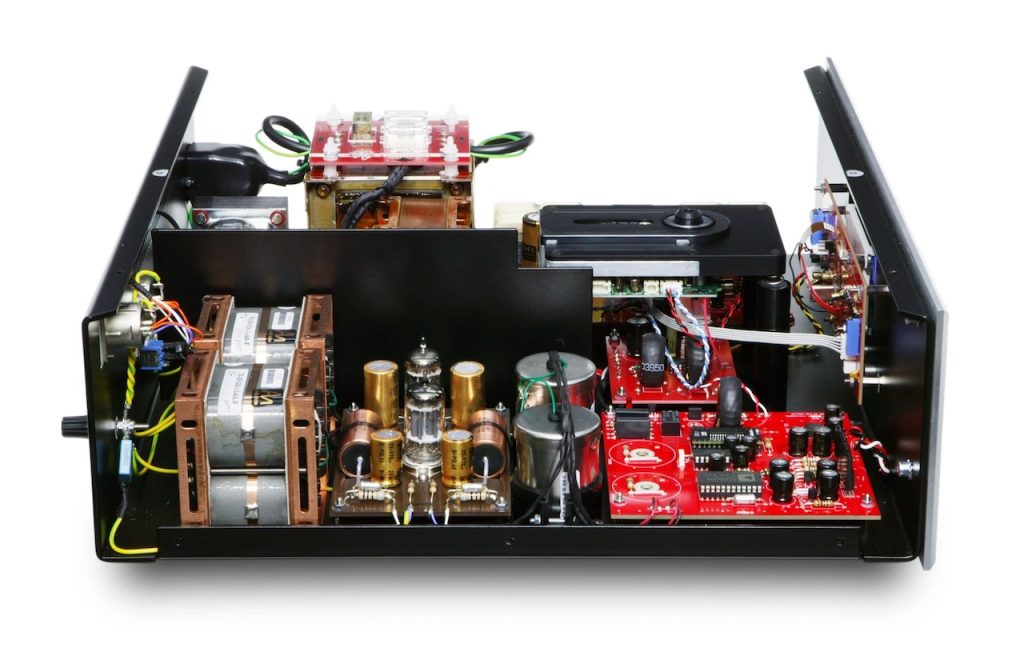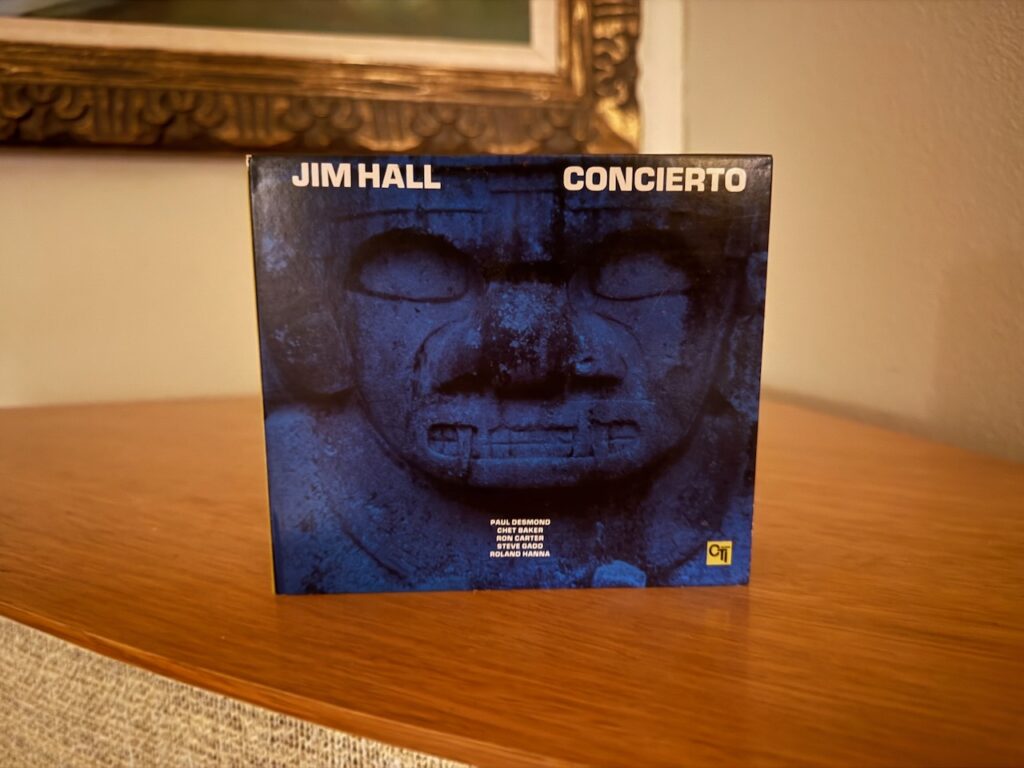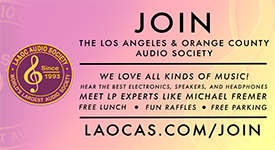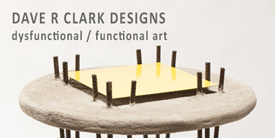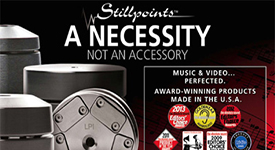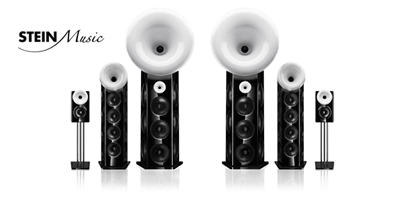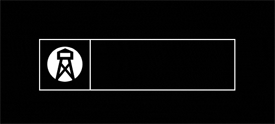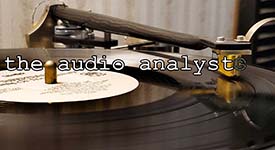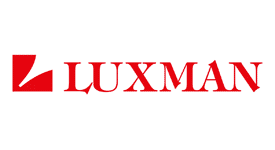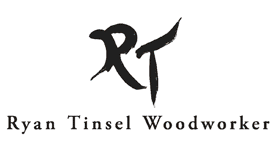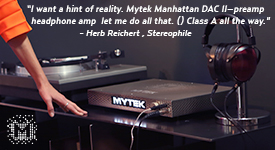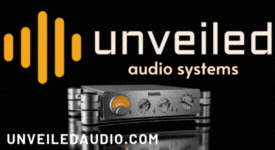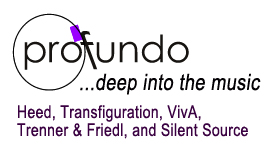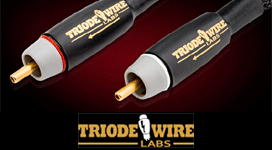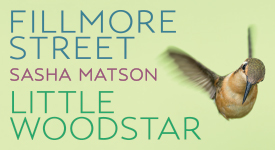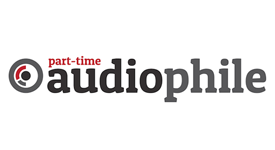Greetings friends, I hope you are well.
If you haven't read Part 1 of my digital time travel article, you can read it HERE.
Sony PlayStation SCPH-1001 (PS-1).
In summary, in Part 1 I had a fun tour back through the digital dark ages with the once popular Sony PlayStation SCPH-1001 (PS-1), which back in its day had quite a lot going for it.
What's good about the PS-1 is that it does a capable job of communicating the essence of the feelings of musical performances from CDs in a reasonably analog-sounding fashion. The PS-1 sounds respectable from the midrange on up to the presence region. It's missing a bit in the low midrange on down, and from the brilliance region on top. It's not particularly resolving, but it's not terrible either. I didn't hear a big sense of the recording's ambient space. The PS-1 has a narrow listening window, and while good CDs sound reasonably good, poorly produced CDs are basically unlistenable for anything more than a short period of time.
The PS-1 was a solid all-around performer back in the day, but it doesn't hold up so well over time compared to newer digital sources, but I keep it in my "digital museum" as a performance benchmark from way back when.
The Mhdt Paradisea+ DAC.
I listened to much better combination of the Sony BDP-BX650 Blu-ray player used as a transport for the Mhdt Paradisea+ DAC from 2008, with its inspired use of the 16 bit/44.1KHz NOS Phillips TDA1545A non-oversampling DAC chip, with no digital filters, a National Semiconductor LM4562 operational amplifier for active I/V conversion, and a vacuum tube buffered output stage (a single NOS GE5670).
All this works together to provide a high-performance, high-fidelity DAC that performs very well. Tonally gorgeous, instruments had natural sounding timbral textures, and it delivered a soundstage that was layered and expansive. Images had a vivid flesh & blood presence and were projected out into my room a good 7 feet out from the front wall. The Paradisea+ was very resolving with lots of musical nuance coming through.
Overall, the Sony & Paradisea+ combo is brilliant on good recordings, but is still a bit lacking on poorer quality CDs, where it had me reaching for the remote to stop the music playback after a short time. In terms of the listening window width I'd rate it a "medium" or a little less, as poorer soundings CDs were not something I'd want to listen to for very long.
Yazaki-san's Improved Douk Audio U4 with Improved Power Supply.
Next up was Yazaki-san's Improved Douk Audio U4 with Improved Power Supply. As a Bluetooth streaming DAC it represents a new kind of listening experience for audio enthusiasts, as one can stream from the huge music library of the Qobuz digital music store and streaming service using their app, from an iPhone, to the U4.
Yazaki-san's hot-rodded U4 and Improved Power Supply had a somewhat richer, warmer, and more laid back presentation than the Sony & Paradisea+ DAC combo, with beautiful tone color, timbral textures, and dynamic response. Bass was punchy and powerful, and the midrange was gorgeous and natural sounding. However, the highs were a little less refined and detailed in the presence and brilliance regions of the audio spectrum than I would like.
The U4 is less resolving and transparent than the Sony transport & Paradisea+ DAC combo. I wasn't hearing the prodigious amount of low level detail, space around instruments, layering into the depths of the soundstage, or abundant sense of recorded ambience served up by the Paradisea+.
Where the Yazaki-san's hot-rodded U4 and Improved Power Supply bettered the Sony & Paradisea+ DAC combo was having a wider listening window. Not a wide listening window, but wider than the Paradisea+. Poorly recorded albums sounded better than through the Paradisea+, but still I wouldn't want to spend a lot of time listening to poorer recordings with the U4.
Also, you'll want to keep in mind that Yazaki-san's hot-rodded U4 and Improved Power Supply were at their considerable best playing streaming media at the Red Book standard. I tried streaming high-resolution media from Qobuz to the U4, and it could play it (?), but it sounded a lot like unpleasant "early digital". Stick to Red Book CD quality streams and you'll be impressed.
All of the above three digital playback devices are affordable, and at least with the Sony & Paradisea+ DAC combo, or Yazaki-san's hot-rodded U4 and Improved Power Supply, you get very fine digital playback within their limitations as digital sources. However, I wish both had wider listening windows that could better accommodate lesser recordings. However, both are still bargains at their price points.
Audio Note (UK) "Level Three" CD 5.1x Red Book CD player.
What ushered in my return to enjoying listening to CDs was the Audio Note (UK) product line of CD players.
Whether I was listening to the CD 2.1x/II (HERE), the CD 4.1x (HERE), or the CD 5.1x (HERE), they all got the music right, with performance increasing steadily through the Levels.
The CD 5.1x is many times more expensive than any of these other digital sources I've mentioned above, and actually is about 50% more expensive than my entire Duelund-Corona 832A Project loudspeakers based audio system at about $31K.
So one expects the CD 5.1x to be brilliant, and it is. When I reviewed the CD 5.1x for Positive Feedback I found it to be the equal of a good vinyl source up to about $30K. The CD 5.1x fell short of vinyl sources in the $75K to $100K range, but for Red Book CDs the CD 5.1x was impressive indeed. I've never heard Red Book CDs sound better than with the CD 5.1x.
The build quality of Audio Note (UK)'s top-of-the line CD 5.1x Red Book CD player is extraordinary. Just take a look at its internals, the quality of the custom made components that make up its circuitry is astonishing. In my experience, it just doesn't get any better than this in the world of CD players.
I listened to the same CDs (and many others) with the CD 5.1x as I did all the other digital sources, and it was revelatory. There's just so much more there in the music in every way in terms of accuracy, authenticity, and authority that it is a bit mind boggling.
The triple-A approach is Peter Qvortrup's signature design criteria for his Audio Note (UK) components, and works as advertised.
Perhaps the most impressive aspect of the CD 5.1x is its wide listening window due to Peter's use of the comparison by contrast method of voicing during research and development phases.
Superb recordings sound even more superb, and yet I can listen to crappy sounding CDs through the CD 5.1x and they are enjoyable to listen to, and get the music right.
I could still tell that those bad sounding CDs were compromised in performance, but the essence of the musical performance still came through loud and clear, which is an impressive magic trick.
On Jim Hall's Concierto the CD 5.1x is more transparent, more detailed, has deeper more saturated tone color, and sounds more naturally musical than any digital source I've heard.
The CD 5.1x is spot-on in the bass, and gets the rhythm right. It's gorgeous through the midrange, with oodles of clarity on strings, natural sounding vocals, superb instrumental timbre, and fast attack on percussion, all with an abundance of presence. Goosebumps!
On the Bread Retrospective the CD 5.1x's wide listening was in full evidence, making this dodgy sounding album listenable, with some tracks even sounding very good indeed.
I find Peter Qvortrup's comparison by contrast method of voicing particularly advantageous for CDs, as they need more help with being listenable more often than LPs do.
Gold Note DS-10 EVO streaming DAC & PSU-10 EVO power supply.
The next step in my digital time travel story is the Gold Note DS-10 EVO streaming DAC and PSU-10 EVO power supply that is in for review.
The Gold Note combo can stream digital from the Red Book standard, high-resolution PCM, all the way up to quad DSD. When playing high-resolution PCM in my office system the Gold Note combo showed it could come very close to the performance of vinyl played on my restored vintage Thorens TD-124 turntable.
The Gold Note DS-10 EVO streaming DAC and PSU-10 EVO has tons of features that I'll be going into in-depth, and I'll tell you how close I think DSD comes to that ultimate "master tape" sound.
Ok, that's all for now.
As always, thanks for stopping by, and may the tone be with you!

